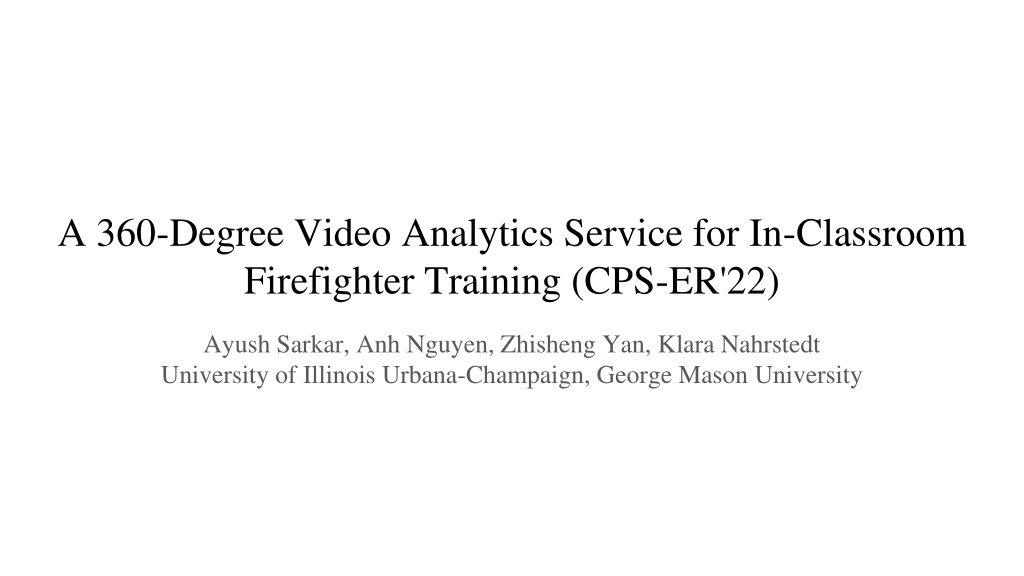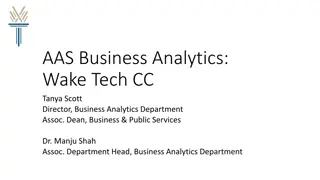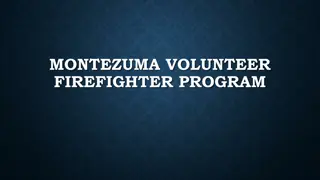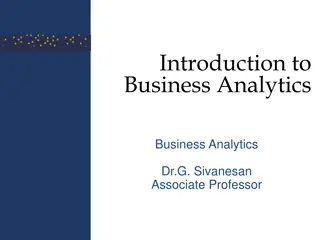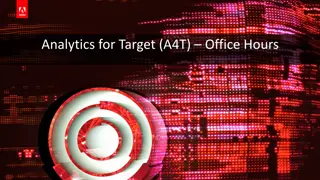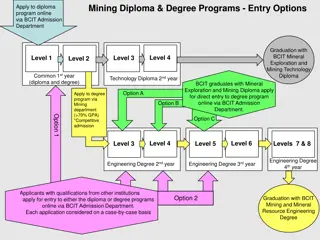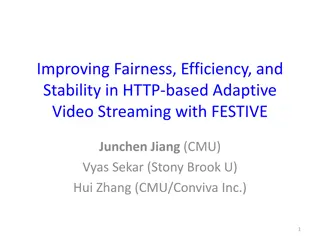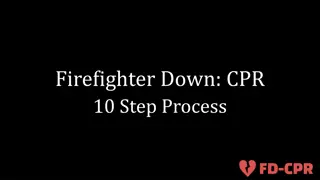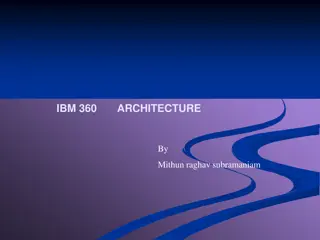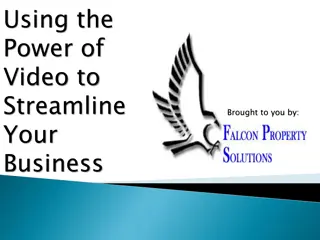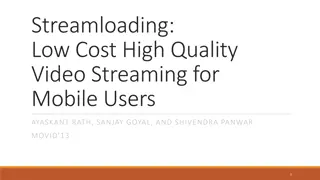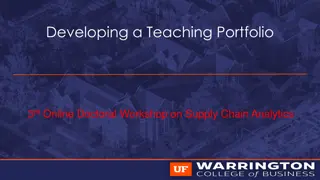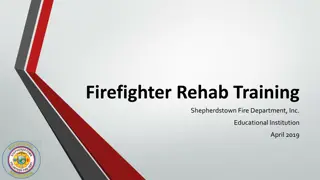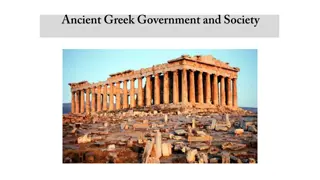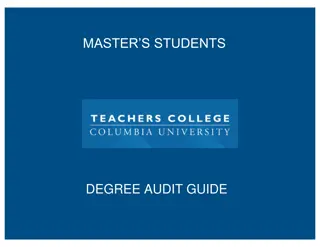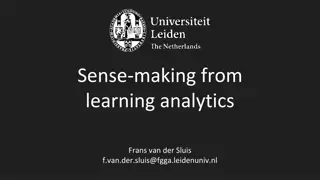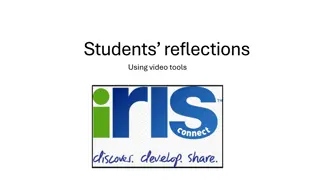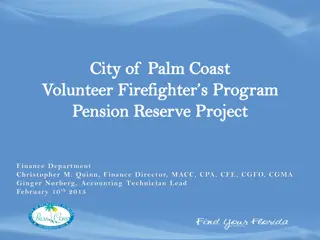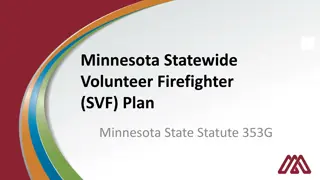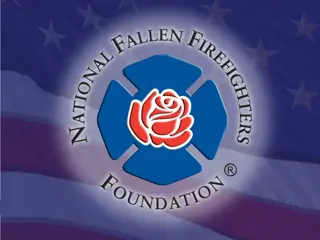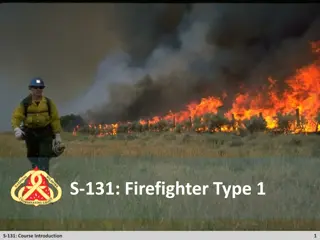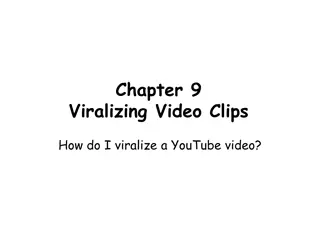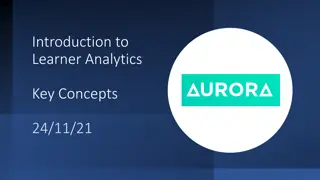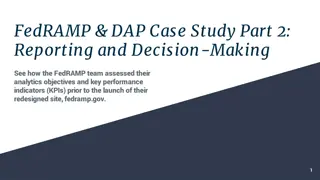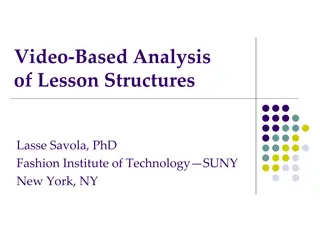Enhancing Firefighter Training through 360-Degree Video Analytics
A 360-degree video analytics service is proposed for in-classroom firefighter training, aiming to improve educational tools with expanded viewing angles. The service framework prioritizes events in firefighting videos and automates analysis. Contributions include a novel framework for incident commanders, interviews with firefighting experts, and evaluating object detectors. Challenges in detecting firefighting objects in 360 videos are addressed using transfer learning techniques with solutions such as YOLOv3.
Download Presentation

Please find below an Image/Link to download the presentation.
The content on the website is provided AS IS for your information and personal use only. It may not be sold, licensed, or shared on other websites without obtaining consent from the author. Download presentation by click this link. If you encounter any issues during the download, it is possible that the publisher has removed the file from their server.
E N D
Presentation Transcript
A 360-Degree Video Analytics Service for In-Classroom Firefighter Training (CPS-ER'22) Ayush Sarkar, Anh Nguyen, Zhisheng Yan, Klara Nahrstedt University of Illinois Urbana-Champaign, George Mason University
Motivation Recent firefighting education uses 2D video-based tools which suffers from limited viewing angles Replace 2D cameras with 360 cameras Challenges: How to prioritize the events in 360 firefighting videos How to develop a service pipeline that can automatically analyze the recording 360 videos
Contributions Propose a novel 360 video analytics service framework that will be used in a training tool for incident commanders (ICs) Conduct interviews with an expert in Illinois Fire Service Institute (IFSI) to study important events and objects during firefighting operations Conduct a study to understand how accurately existing object detectors developed for generic 2D videos can perform on 360 firefighting videos
Objects and Events Identifying Interview What objects and events require an alert during firefighter operations? What are your requirements for remote incident command systems? What types of information signals would you prefer, and what would be the preferred frequencies and durations of these signals? What is the priority of objects/events that you would like to highlight for firefighter trainees? Should environmental events be flagged and differentiated from events involving people?
Objects and Events Identifying Classified results General objects and events Events that involved occupants are always considered to be the highest priority Environmental events are considered to be differentiate from events that involving people Training-specific object and events Related to the errors that trainees often commit during their lessons
Firefighting Objects Detection Challenges Fire presents radically different textures, shape, and color from everyday objects Additional complexity even for the same typical objects, e.g., humans Distorted objects in 360 videos may confuse the object detectors Solutions: Transfer learning (YOLOv3) From everyday objects to firefighting objects From 2D videos to 360 videos Dataset: COCO dataset + IFSI dataset + sample 360 videos
Results Use mAP scores to benchmark the accuracy Inputs: predicted bounding box and the ground-truth bounding box Normal conditions ranges from 13 to 44 points higher than that of hazard conditions Significant impact of factors such as light condition and fire/smoke Normal conditions aren t far from the typical performance of YOLOv3 on the COCO dataset Proving the potential of transfer learning
Problems on Hazard Conditions Confidence score for humans dropped or even undetected when entered the smoke-filled environment Failed to track the breathing air cylinders
Preliminary Results on 360 Videos Perform detection tasks on a publicly available 360 fire safety video stored as equirectangular format Errors due to the distortion of 360 videos Misclassified crawling human as a motorbike Misclassified elongated curvature of shadow as boot
Discussion Improving Event-Object Detectors Force YOLOv3 to learn features for hazardous environments and distorted objects in 360 videos Collect and manually annotate new dataset for 360 firefighting videos Employ a multi-directional projection (MDP) technique Transform the frames into other format, e.g., YUV, instead of RGB Detecting time-dependent events Future System Architecture Bring the 360 video analytics service into real world situations, e.g., deploy online for active firefighting operations
Conclusion Perform a thorough interview process to identify objects/events relevant to search/rescue in firefighter training Propose a framework to combine the advantages of 360 cameras and deep learning to help the IC in teaching firefighting operations Show the potential of the detector trained on generic 2D video datasets to detect firefighting objects on both 2D and 360 videos
